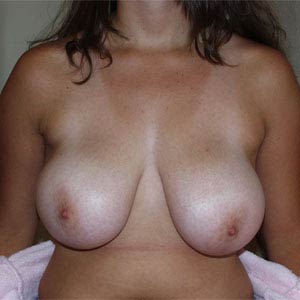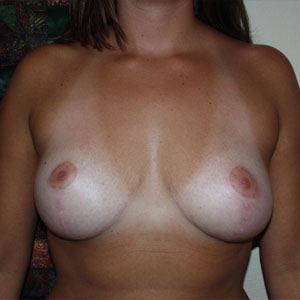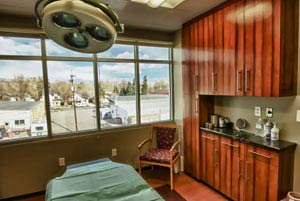Breast Reduction Denver


Breast Reduction Procedure:
When patients are considering having a breast reduction, they naturally consider the pros and cons of the procedure. The main disadvantage to this procedure is that scarring is likely. This is because it is necessary to remove skin in order to decrease the size of and reshape the breasts. The most commonly used incision will result in a scar pattern often referred to as an inverted “T” or “anchor” scar. An anchor scar typically goes around the nipple, proceeds vertically down, and then transversely at the fold under the breast. In cases where less correction is necessary, Dr. Swail can minimize scarring from this procedure by using a shorter incision technique. This can be discussed during an initial consultation with Dr. Swail.
Once the incision is made, underlying breast tissue is reduced, lifted, and shaped. In some cases, the nipple and areola may need to be removed and relocated to a higher and more natural location on the breast. In these cases, breast feeding and nipple sensation may be affected. Once the desired contour is achieved, any excess skin is removed from the breast to restore more natural skin elasticity. The incision lines are permanent, but will fade and improve over time.
Breast Reduction Results
After surgery, patients are typically able to return to light physical activity after four to seven days and strenuous activity is possible after four to six weeks. The results of a breast reduction are immediately visible and will improve as the swelling subsides and the incision lines begin to fade. The new reduced breast size alleviates pain and physical limitations that may have been caused by large breasts.
Dr. Swail meets with each patient personally to discuss the desired outcomes and expectations prior to each procedure. This allows Dr. Swail to design a customized procedure to achieve great long-lasting results.





